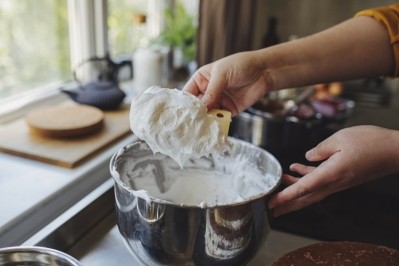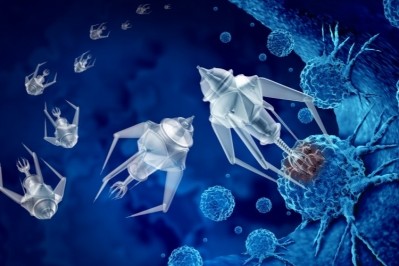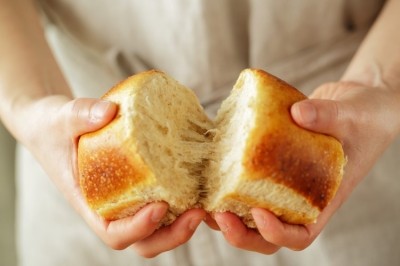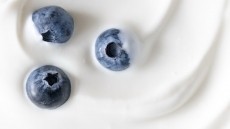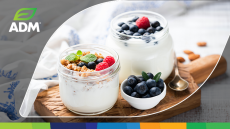Bacteria-based whipping cream? Study proves how fat can be fully replaced with bacteria
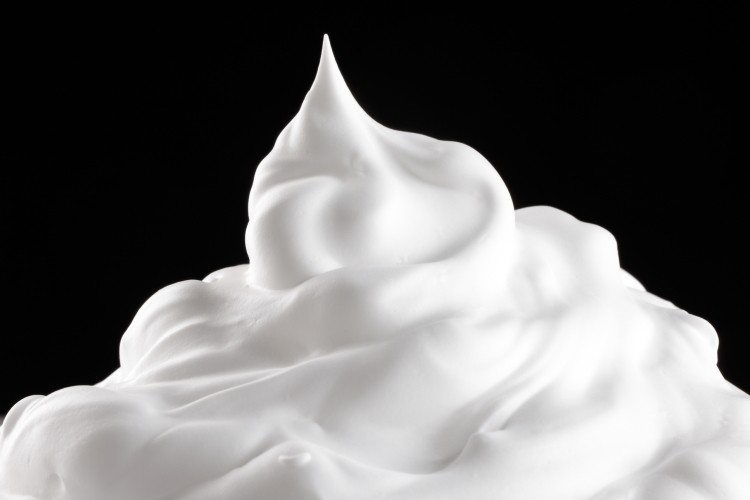
Fat content – whether dairy or another type of saturated fat – is what makes whipping cream so versatile. But with growing consumer awareness of the health risks associated with excessive fat consumption, the market for low-fat and fat-free products has expanded. According to Expert Market Research, the global low fat dairy products market is expected to grow at a CAGR of 4% between 2022 and 2027. Meanwhile, the trend towards clean label products means consumers are starting to think twice before picking a product with additives and emulsifiers off the shelf, opting instead for alternatives that contain natural ingredients only.
A study lead by Jens Risbo and a group of scientists from the University of Copenhagen have come up with the concept of replacing fat globules in whipping cream with naturally-occurring lactic acid bacteria – using the bacterial cells as so-called building blocks that can provide the same texture and performance properties of fat-containing whipping cream. This type of bacteria can be found in plants, intestinal mucosa of mammals, and fermented foods, making it a natural replacement – although some regulatory hurdles could exist, as we find out later.
Shaping up an idea
The study explores in detail how fat cells can be replaced with what the scholars refers to as ‘alternative edible building blocks’. Jens Risbo, a scientist at the Department of Food Science at the University of Copenhagen and one of the authors of the paper, has done prior research in alternative food ingredients and formulations. As part of an EU-wide food science and technology training program several years ago, he took part in a study that explored how lactic acid bacteria stabilized foam bubbles and emulsion droplets. “This lead to the idea that bacterial cells could serve other functions and become structural building blocks in novel foods.”
In a further study, Risbo and five other scholars researched the surface properties of lactic acid bacteria, creating various structures relevant to food – from foam and emulsions to double emulsions and even water-filled capsules. “We were surprised to find significant variations in the surface properties of lactic acid bacteria. Traditionally, such bacteria is regarded as hydrophilic [ed. able to dissolve or mix with water], but some of the variants we screened were actually hydrophobic [ed. able to repel water]. This work allowed us to build knowledge about how to select such bacteria, how to modify it and how to exploit its properties and use it as ‘building blocks’ to create structures.”
The next step was to put these ‘building blocks’ to use. Risbo, PhD student Xiaoyi Jiang and other co-workers from University of Copenhagen came up with a ‘proof of concept’ demonstrating how hydrophobic lactic acid bacteria cells could be used to replace fat globules in whipping cream. Whilst Risbo is adamant that this is ‘not product development, but science’, the theory is that the process could create fat-free whipping cream that has the same texture and whipping properties as the dairy equivalent – a potential breakthrough for food producers and consumers looking for low-to-no fat alternative to commercially-available cream, which can contain around 38% fat or between 12% and 25% for non-dairy alternatives.
Taste, flavor and texture
The scholars produced small amounts of bacteria-based whipping cream for testing purposes. Risbo said the team didn’t taste the product as it wasn’t produced in a food-grade laboratory, but added that it would be edible since the bacteria used to create it is regarded as safe. The taste is suspected to be neutral, the odor was ‘somewhat milky’ and the texture - ‘softer’ than the dairy alternative.
“We should remember how fascinating whipping cream is,” Risbo added. “It can be poured into a bowl and be whipped from liquid state into a solid self-standing foam that can retain the liquid serum phase. This is the fat globules doing their trick - they have a tremendous ability to form structural networks by a mechanism called ‘partial coalescence’. This is why even non-dairy but fat-based whipping creams can solidify even before the substance is whipped.”
So fat is hard to replace – but if the process that the paper describes is further optimized, the right texture and performance properties can be achieved. What’s more, a host of additives currently used in fat-free whipping creams could be wholly dispensed with. “The philosophy of substituting fat particles with other particles is simply sounder,” Risbo said. “Our approach is based on substituting the micron-sized fat globule by another micron-sized solid particle, namely a bacterial cell. Bacterial cells can be grown in a tank, they are water-filled capsules and have a very low nutrition value compared to fat.”
Regulatory barriers and the future of the concept
Whilst the lactic acid bacteria used in the research was classed as safe, Risbo thinks further regulatory approvals would be needed. “But we could screen already approved [lactic acid] bacteria for the desired surface properties to get around this”.
Industrial-scale production could also be a hurdle due to the cost of breeding the bacteria. “Lactic acid bacteria is a little ‘picky’ in terms of what it ‘eats’ and that might make it more expensive to produce,” Risbo explained. “Yeast cells, which are a natural by-product of beer production, could be used instead, but their ability to serve as building blocks are under-researched.”
A product made this way would also have to be tested for its microbiological stability, e.g. checked how it performs under different conditions, such as if it’s pasteurized, or how changes to the pH levels could affect taste and shelf life. “Since some lactic acid bacteria have probiotic properties, one could investigate the health effects of a probiotic version,” Risbo added.
In addition to whipping cream, the concept could be used in ice cream production. “Traditional ice cream is also based on fat globules as structure-formers,” the scholar told us. “Controlling partial coalescence is the route to controlling the creaminess and the mouthfeel of the product. Substituting fat particles with bacterial ones would be interesting to investigate as an alternative to fat-free products such as frozen yoghurt.”
Finally, it’s all about furthering research. “It’s important to realize that what we achieved is a scientific proof of concept, designed to inspire further science,” concluded Risbo. “At some point, real products will start to appear.”
Source:
Lactic acid bacteria as structural building blocks in non-fat whipping cream analogues
Food Hydrocolloids, Volume 135, February 2023, 108137
https://doi.org/10.1016/j.foodhyd.2022.108137
